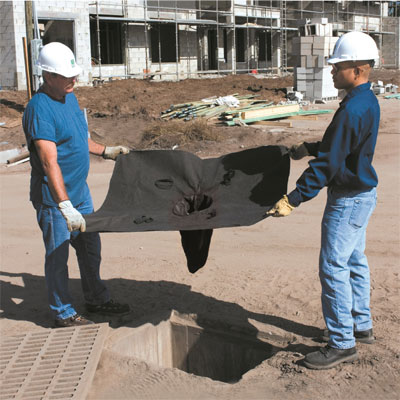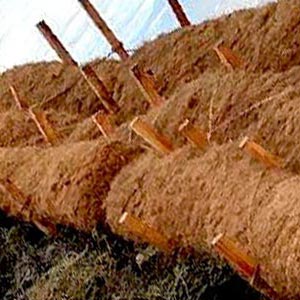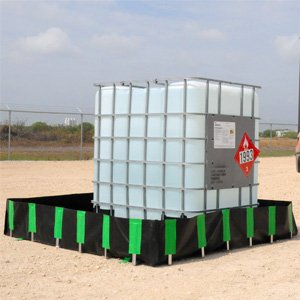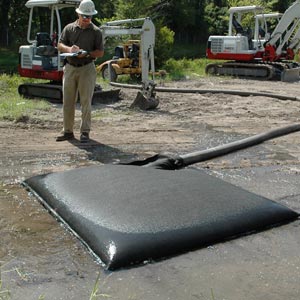
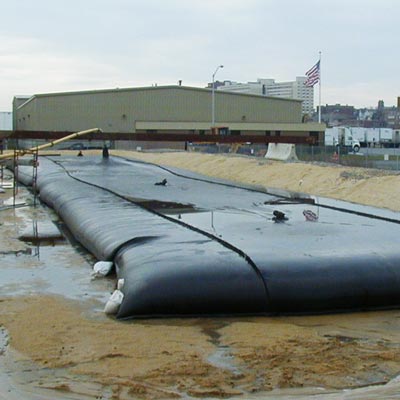
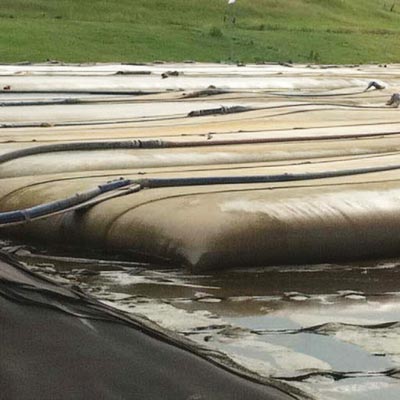
Geotextile Tubes
Dewatering Tubes for Filtration
Geotextile dewatering tubes, also known as Geo tubes, provide an efficient method to manage and reduce water content in large-scale applications. They are commonly used in settings such as wastewater treatment facilities, pond dredging projects, and sludge removal operations. Constructed from high-strength geotextile fabrics and engineered with advanced seaming techniques, these tubes effectively contain fine solids while allowing filtered water to pass through at an optimized flow rate. Compared to standard dewatering bags, geotextile tubes can handle much larger volumes and surface areas, making them a practical solution for sizable dewatering challenges.
Geotextile Tube Features
- Fabric: High Strength Geotextile
- Length: up to 200 ft.
- Circumference: up to 120 ft.
- Effectively filters out silt, sediment, sludge, and waste
- Easy removal and disposal of solids
- Reliable in all weather conditions
- Reduces risks in operational safety
Geotextile Tube Benefits
- Designed for large dewatering projects
- High strength woven geotextile fabrics
- Large sizes available
- Easy to size for specific requirements
- Cost-effective and low maintenance
- Efficient, versatile, and environmentally friendly
Geotextile Dewatering Tube Product Details
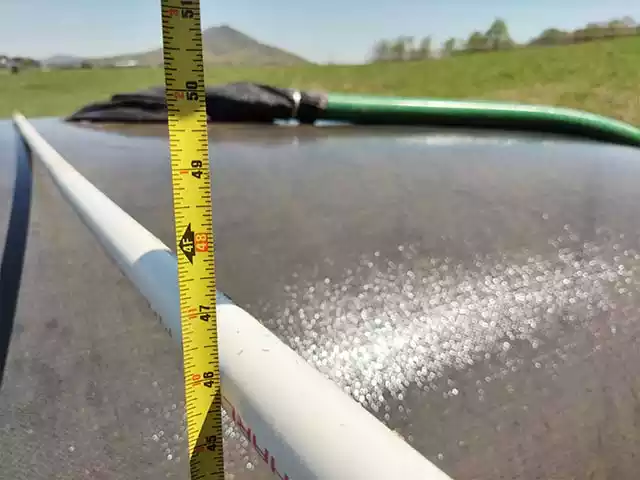 Our geotextile dewatering tube design allows very large amounts of sludge and silt to be removed without having to change or replace the dewatering product. Lengths vary from 22'-200', with circumferences ranging from 22.5'-120' with filling ports every 50'. Geotextile tubes are the largest dewatering product that we offer.
Our geotextile dewatering tube design allows very large amounts of sludge and silt to be removed without having to change or replace the dewatering product. Lengths vary from 22'-200', with circumferences ranging from 22.5'-120' with filling ports every 50'. Geotextile tubes are the largest dewatering product that we offer.
Our geotextile dewatering tubes are engineered to handle large volumes of sludge, silt, and sediment without frequent replacement. These are the largest dewatering products we offer, ideal for high-capacity applications. Product sizes range from 22 feet to 200 feet in length, with circumferences between 22.5 feet and 120 feet. Filling ports are spaced approximately every 50 feet to facilitate even loading. For optimal performance, fill each geotextile dewatering tube to around 85% capacity. As the material settles and consolidates, the tube can be refilled in cycles until the solids reach the desired level. Leaving the filled tube in place over an extended period enhances water release and solid concentration. Once dewatering is complete, the remaining solids can be removed for transport to another site or repurposed as fill material or compost.
Geotextile Dewatering Tube Specifications
| Property | Value | Additional Notes |
|---|---|---|
| Length | 22', 50', 57', and 100' | Other Lengths by Special Order |
| Circumference | 22.5', 30', 45', 60', 120' | - |
| Filling Port Spacing | 1 - 3 ports | Average One Port Every 50' of Length |
Downloads
For additional information, see our Geotextile Dewatering Tubes (pdf)
Applications for geotextile dewatering tubes
Our geotextile dewatering tubes are built to support a wide range of large-scale dewatering and sediment management projects. These versatile tubes are used across many industries to efficiently filter and contain sludge, silt, and sediment in both land-based and water-based environments.
- Wastewater treatment plants
- Agricultural ponds and lagoons
- Aquaculture facilities
- Paper mills
- Industrial lagoons
- Dredging projects for canals and rivers
- Flood prevention and stormwater management
- Coastal erosion control and breakwater structures
- Beach restoration and shoreline protection
- Agricultural compost processing
- Dams and harbor maintenance
- Pond remediation and sediment control
- Breakwater structures for hotels and beachfront properties
Geotextile Tubes Frequently Asked Questions
Dewatering tubes are available in much larger sizes for bigger dewatering jobs. They also use a high strength woven geotextile fabric, while a dewatering bag typically uses non woven geotextile fabric.
After initial set up, the tube will run 24/7 with minimum labor required.

